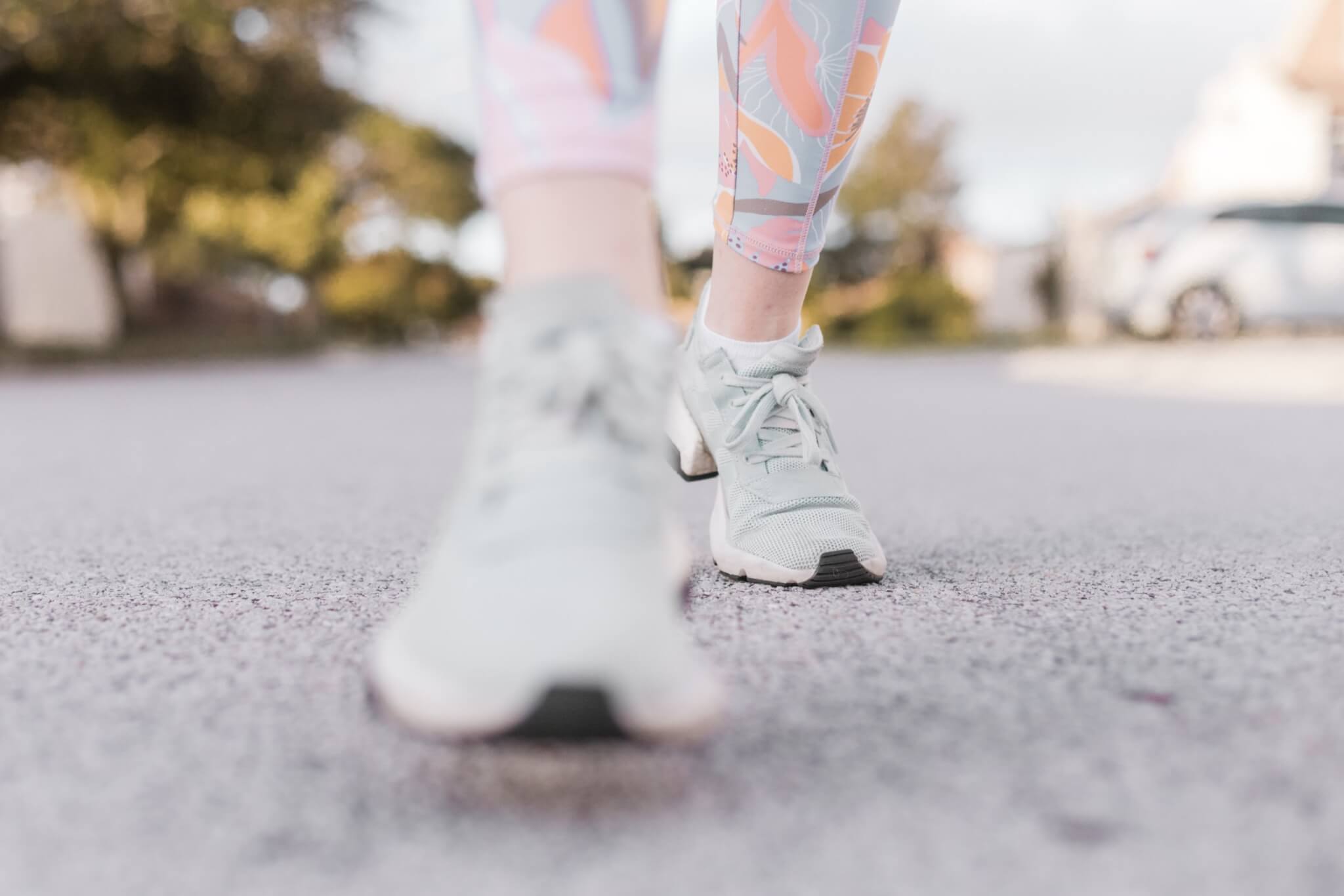KINGSTON, Ontario — Many people take it for granted every single day, but our capacity to simply put one foot in front of the other and go for a walk is an astounding evolutionary achievement. Scientists have long theorized that the raised arch of the human foot facilitates bipedal walking by acting as a lever that propels the body forward. Now, however, fascinating new research suggests humans actually developed a spring-like arch to help us walk on two feet.
More specifically, a global team of scientists have discovered that the recoil of the flexible arch repositions the ankle upright for more effective walking. The effects are greater while running, which suggests that the capacity to run efficiently may have been a selective pressure for a flexible arch that ended up making walking more efficient as well. Study authors say this discovery could help inform doctors as they work to improve treatments for present-day foot problems.
“We thought originally that the spring-like arch helped to lift the body into the next step,” says Dr. Lauren Welte, first author of the study, who conducted the research while at Queen’s University and is now affiliated with the University of Wisconsin-Madison, in a media release. “It turns out that instead, the spring-like arch recoils to help the ankle lift the body.”

The evolution of human feet, including the raised medial arch that crucially sets people apart from great apes, is essential to bipedal walking. The arch is believed to give hominins more leverage when walking upright. The mechanism is a mystery, but when arch motion is restricted, running requires more energy. Arch recoil may make humans better, more efficient runners by propelling the center mass of the body forward, or by filling in for the mechanical work that muscles would otherwise have to perform.
To research their hypotheses, researchers selected seven people with varying arch mobility. Those participants walked and ran while their feet were being filmed using high-speed x-ray motion capture cameras. Each person’s arch height was measured, and right feet were CT-scanned. Researchers constructed rigid models, then compared those models to the measured motion of the foot bones in order to test the effect of arch mobility on adjacent joints. Study authors were also sure to measure which joints contributed the most to arch recoil, as well as the contribution of arch recoil to center of mass and ankle propulsion.
While study authors say they expected to see that arch recoil help the rigid lever of the arch lift the body up, in reality they discovered that a rigid arch without recoil either caused the foot to leave the ground early, in all likelihood lowering the efficiency of the calf muscles or leaned the ankle bones too far forward. This forward lean mirrors postures seen among walking chimpanzees, as opposed to the upright stance characteristic seen in human gait. The flexible arch helped reposition the ankle upright, allowing the leg to push off the ground more efficiently and effectively. This effect was even greater while running, indicating that efficient running was likely an evolutionary pressure fostering the development of the flexible arch.

Study authors also note the joint between two bones in the medial arch, the navicular and the medial cuneiform, appears crucial to the arch’s flexibility. Changing this joint could help scientists track the development of bipedalism across the hominin fossil record.
“The mobility of our feet seems to allow us to walk and run upright instead of either crouching forward or pushing off into the next step too soon,” adds senior study author Dr. Michael Rainbow of Queen’s University.
This study also suggests therapeutic avenues for people living with arches that are rigid, either due to injury or illness; supporting arch flexibility could improve overall mobility.
“Our work suggests that allowing the arch to move during propulsion makes movement more efficient,” Dr. Welte adds. “If we restrict arch motion, it’s likely that there are corresponding changes in how the other joints function.”
“At this stage, our hypothesis requires further testing because we need to verify that differences in foot mobility across the population lead to the kinds of changes we see in our limited sample,” Dr. Rainbow concludes. “That said, our work sets the stage for an exciting new avenue of investigation.”
The study is published in Frontiers in Bioengineering and Biotechnology.
You might also be interested in:
- Best Walking Shoes For Men: Top 5 Sneakers Most Recommended By Experts
- Best Walking Shoes For Women: Top 5 Sneakers Most Recommended By Experts
- Meet the WALKING shark that breaks all the rules for survival!
- Injecting fat into your foot could treat severe heel pain


rainbow and welte article is brilliant
as a retired podiatrist I am very impressed
but how could you restore flexibility to 1st cubeiform/navicular joint?
cuneiform not cubeiform!